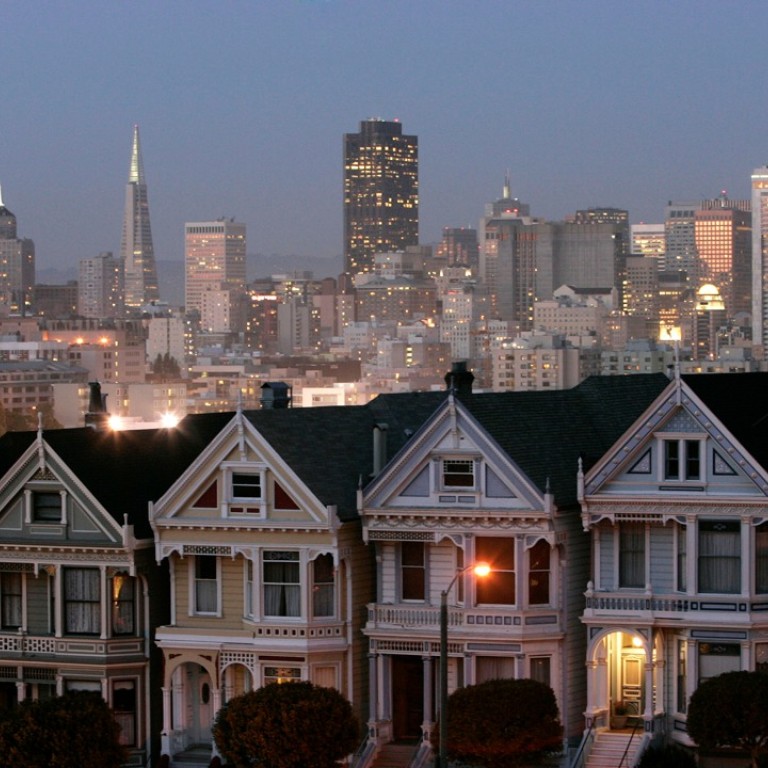
US home rental prices rise at slower pace in October
US home rental prices rose at a slower pace in October, a possible sign that apartment costs are testing the upper reaches of renters' incomes.
Real estate data firm Zillow said Friday that median rents increased a seasonally adjusted 4.5 per cent from a year ago. This marks a steady deceleration from annual prices gains of 5.3 per cent in September and 6.2 per cent in August. Zillow recently updated its methodology for averaging rental prices, showing that past growth rates were higher than previously reported.
Housing costs have consistently exceeded income growth. Average hourly wages rose just 2.5 per cent over the past year to US$25.20, according to the US Labour Department.
Rents in metro San Francisco, San Jose, Denver and Portland, Oregon -- areas that have attracted younger, educated workers -- each rose by more than 11 per cent from a year ago. But not all areas of the country are seeing dramatic escalations in rent. Between September and October, rents fell slightly in Chicago, Philadelphia, Detroit, Minneapolis, Baltimore and Pittsburgh, among other cities.
The median rental payment nationwide was US$1,382 in October. That works out to roughly 30 per cent of the median US family income of US$53,657, a level that the government has historically identified as being financially burdensome.
The price increases have consistently surpassed apartment-dwellers' ability to pay.
More than half of renters spend at least 30 per cent of their income on housing. Government figures show that share has steadily crept upward. Only 24 per cent faced burdensomely high rents in 1960.
Some of the demand for rental properties has also come from former homeowners who lost their properties to foreclosure during the Great Recession. Millions are now unable to afford buying a home, so they have become renters instead.
More than 36 per cent of the country rents their home, up from 30.8 per cent during the formation of the housing bubble in 2004, according to the US Census Bureau.

